The Millennium – a moment in time when the future was both thrilling and terrifying, and Y2K fashion for men, in its own way, reflected that strange duality.
If we look at the turn of the millennium – say, 1999 through to around 2004 – men’s fashion was in a state of flux. The clean, minimalist silhouettes of the late 1990s were slowly giving way to something more chaotic, more synthetic, more online. It was a wardrobe built for the digital age, where optimism about the future collided with lingering fears of the millennium bug and globalisation.
The Y2K aesthetic in menswear was defined by three key pillars: techwear, pop culture maximalism, and streetwear’s global ascent.
Table of Contents
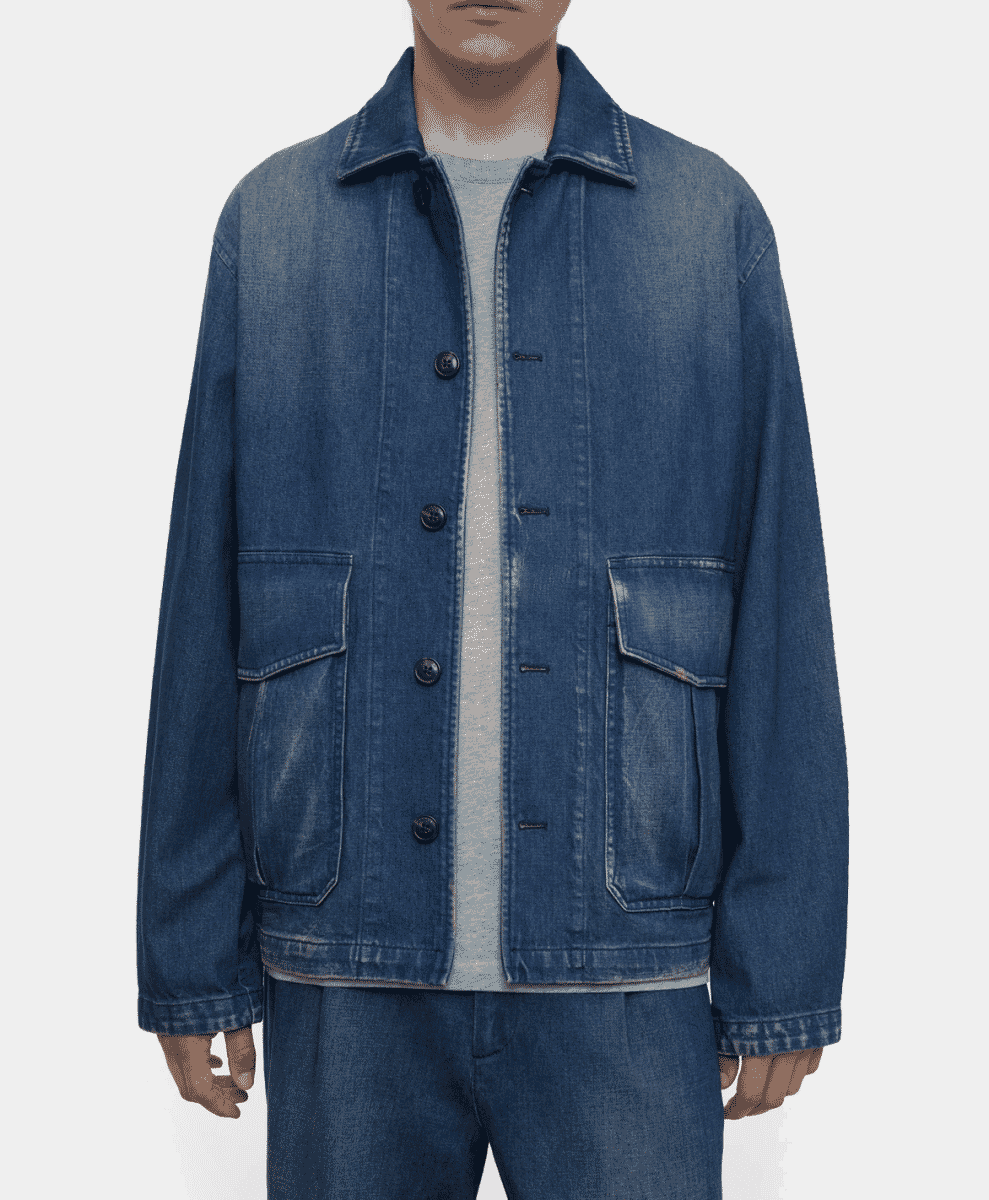
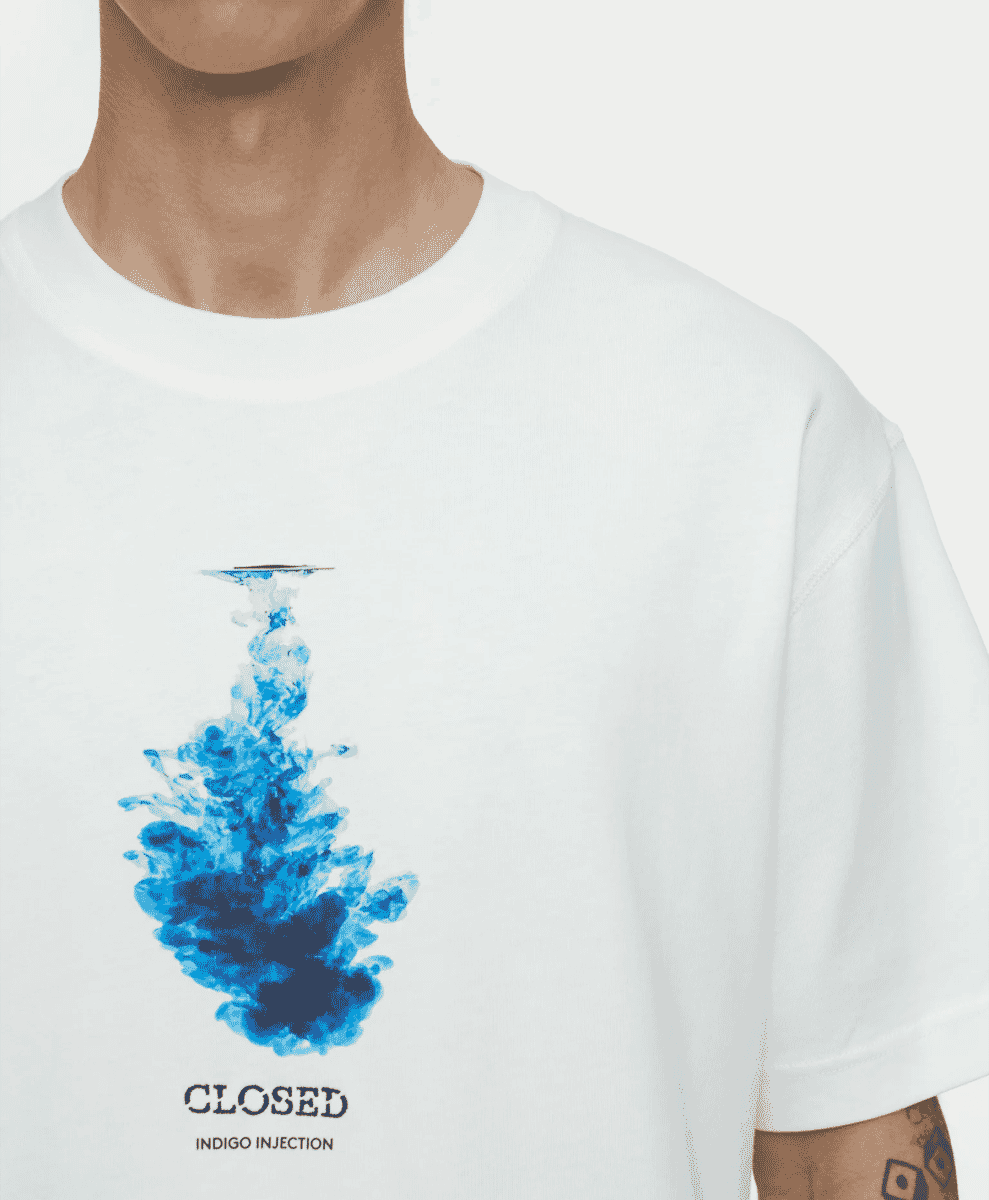
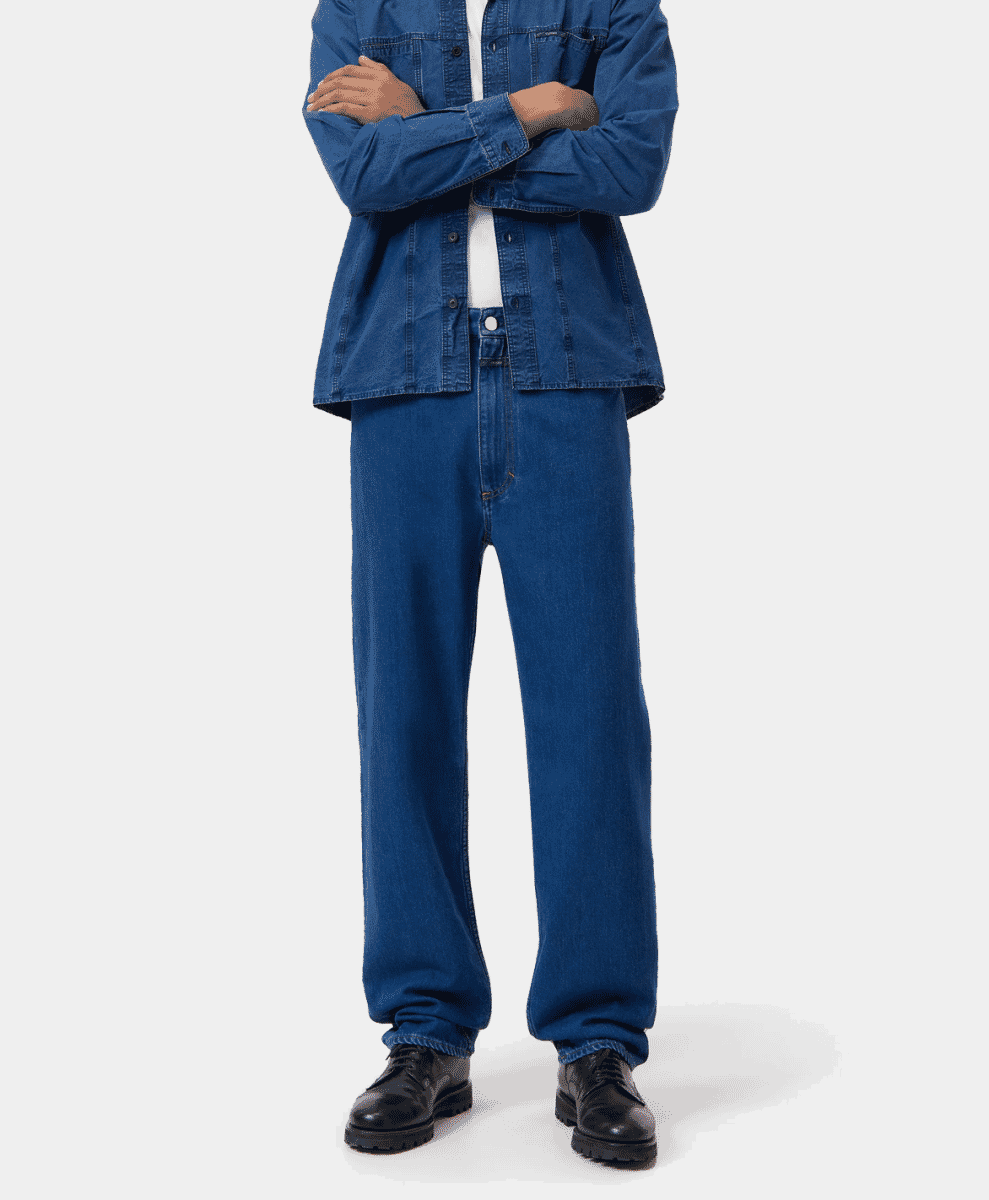
Y2K fashion for men: Why now?
Fashion, like history, doesn’t repeat – but it does rhyme. The resurgence of Y2K style in the current menswear landscape is rooted in both nostalgia and rebellion. For Gen Z and younger millennials, these aesthetics conjure memories of a simpler digital world: the early internet, flip phones, dial-up. It’s a kind of retro-futurism that feels charmingly naïve now, especially in contrast to today’s slick, data-driven tech culture.
But we’re not merely seeing a revival. We’re seeing reinterpretation – new designers reworking these reference points through a post-internet lens, remixing nostalgia with new codes of masculinity. Here are some of the key pieces driving the new wave.


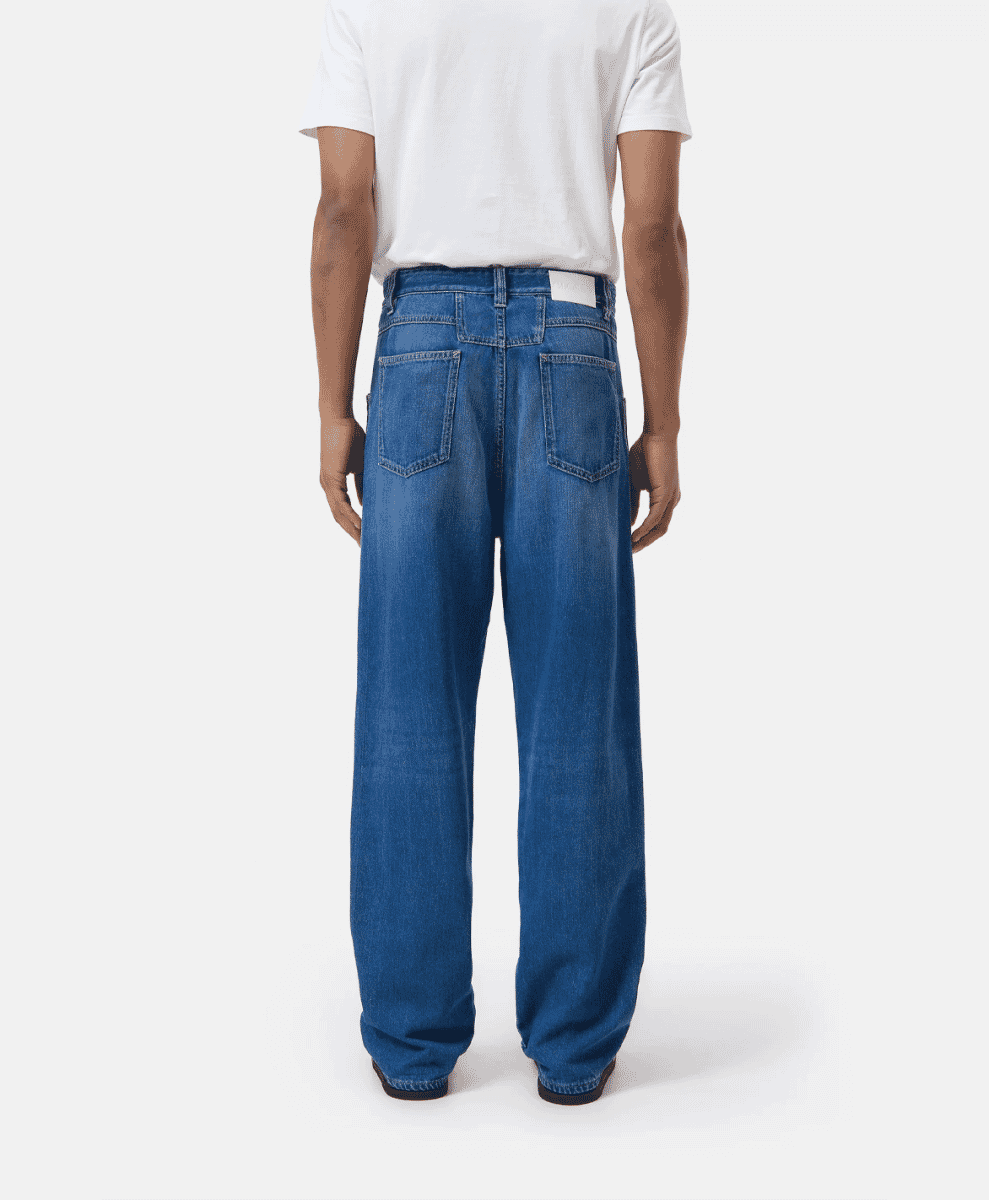
Y2K fashion for men: The key pieces
Baggy jeans
Then: A rejection of 1990s minimalism, baggy denim was everywhere – worn low, wide-legged, and often distressed. Popularised by skaters, rappers, and nu-metal bands alike.
Now: Today's baggy jeans are less sloppy, more styled. They reflect a broader shift towards relaxed silhouettes and a rejection of the ultra-fitted, taper-heavy look that dominated menswear for over a decade.
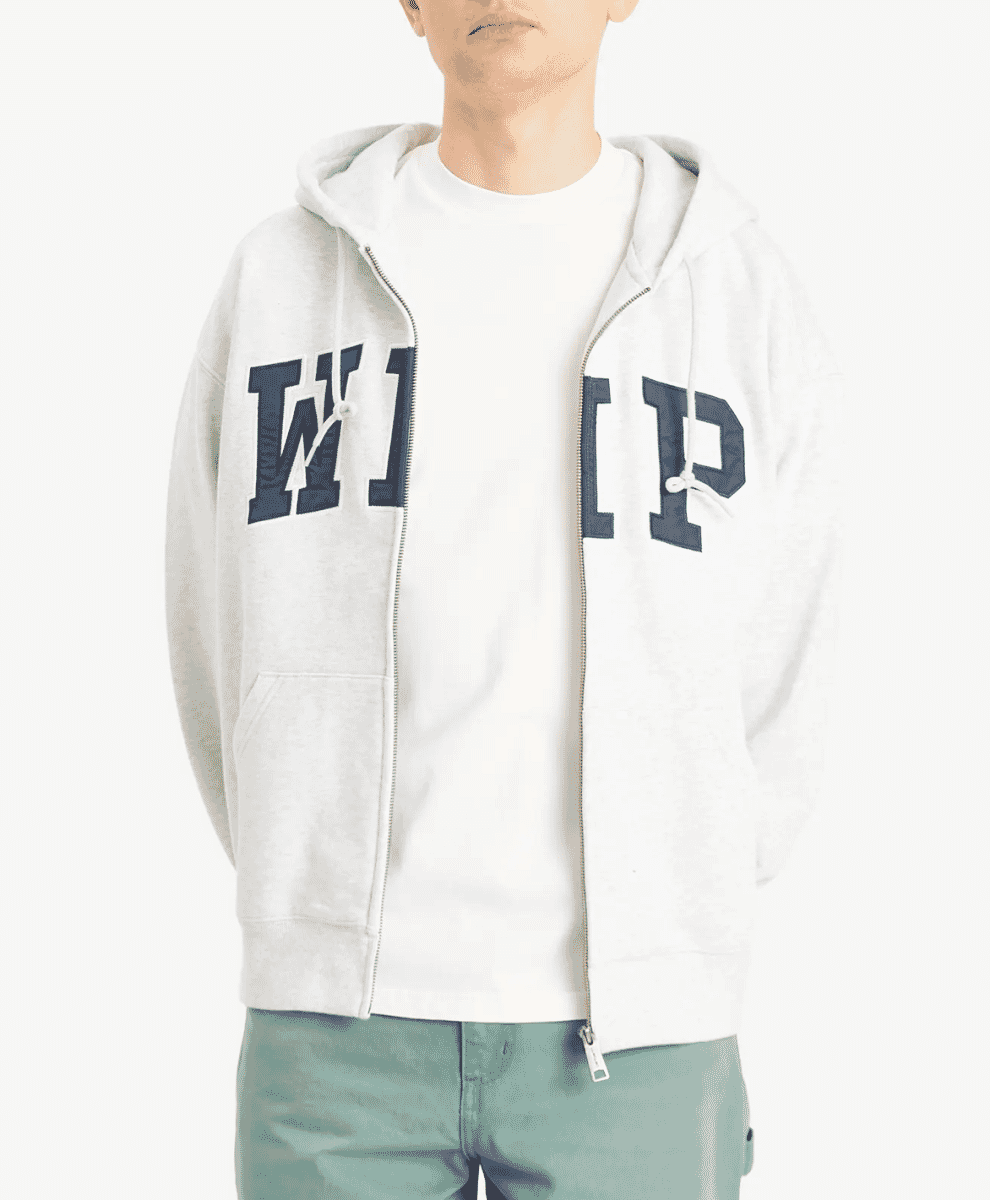

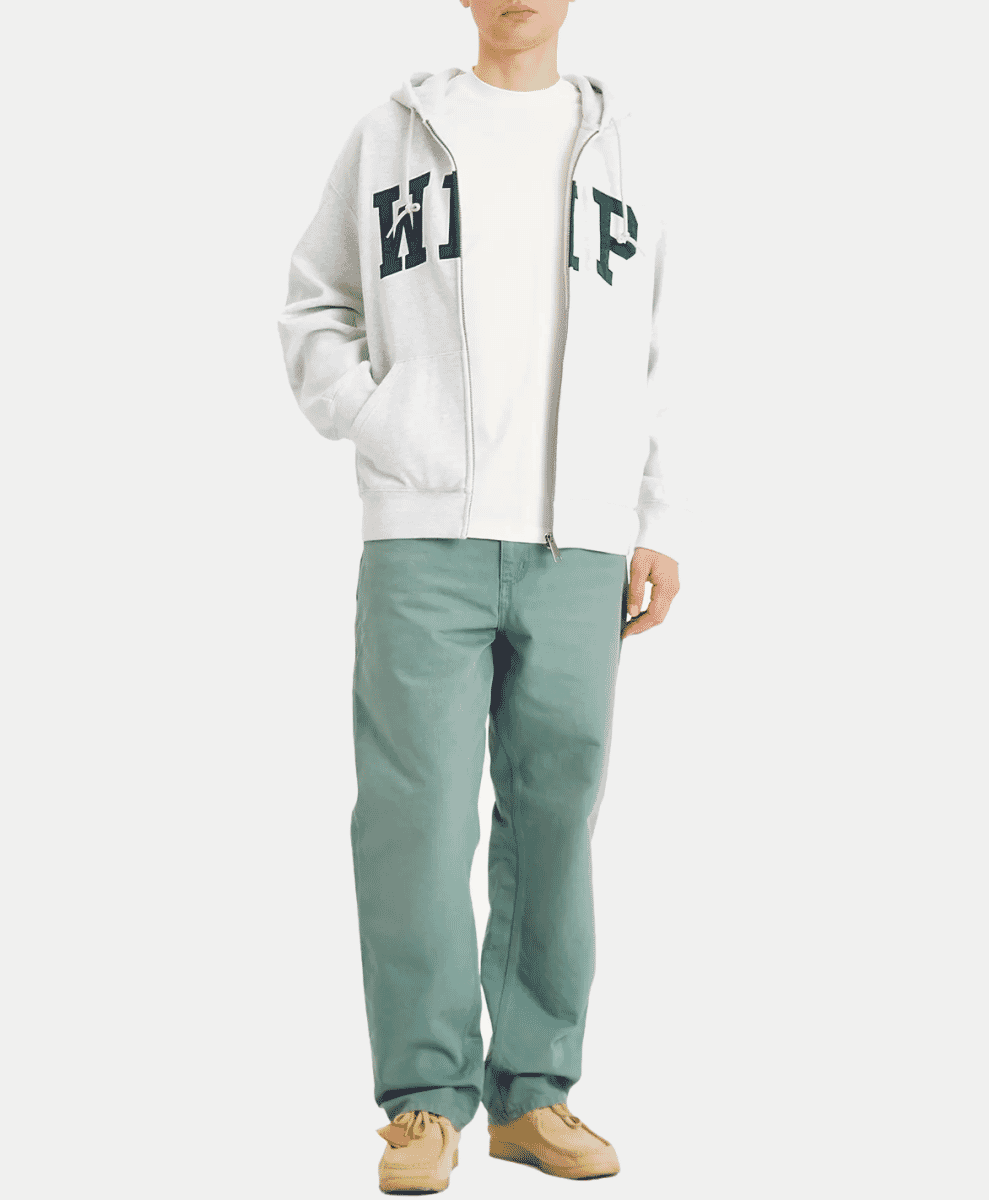
Graphic-heavy zip hoodies
Then: Think Affliction, Von Dutch, Ecko, or even early BAPE. Hoodies were plastered in graphics, rhinestones, or all-over prints. The louder, the better.
Now: In 2025, the hoodie is a canvas for irony. Brands like Stüssy, Oakley, and even vintage True Religion are being worn with a wink. It’s about playing with bad taste in a considered way.
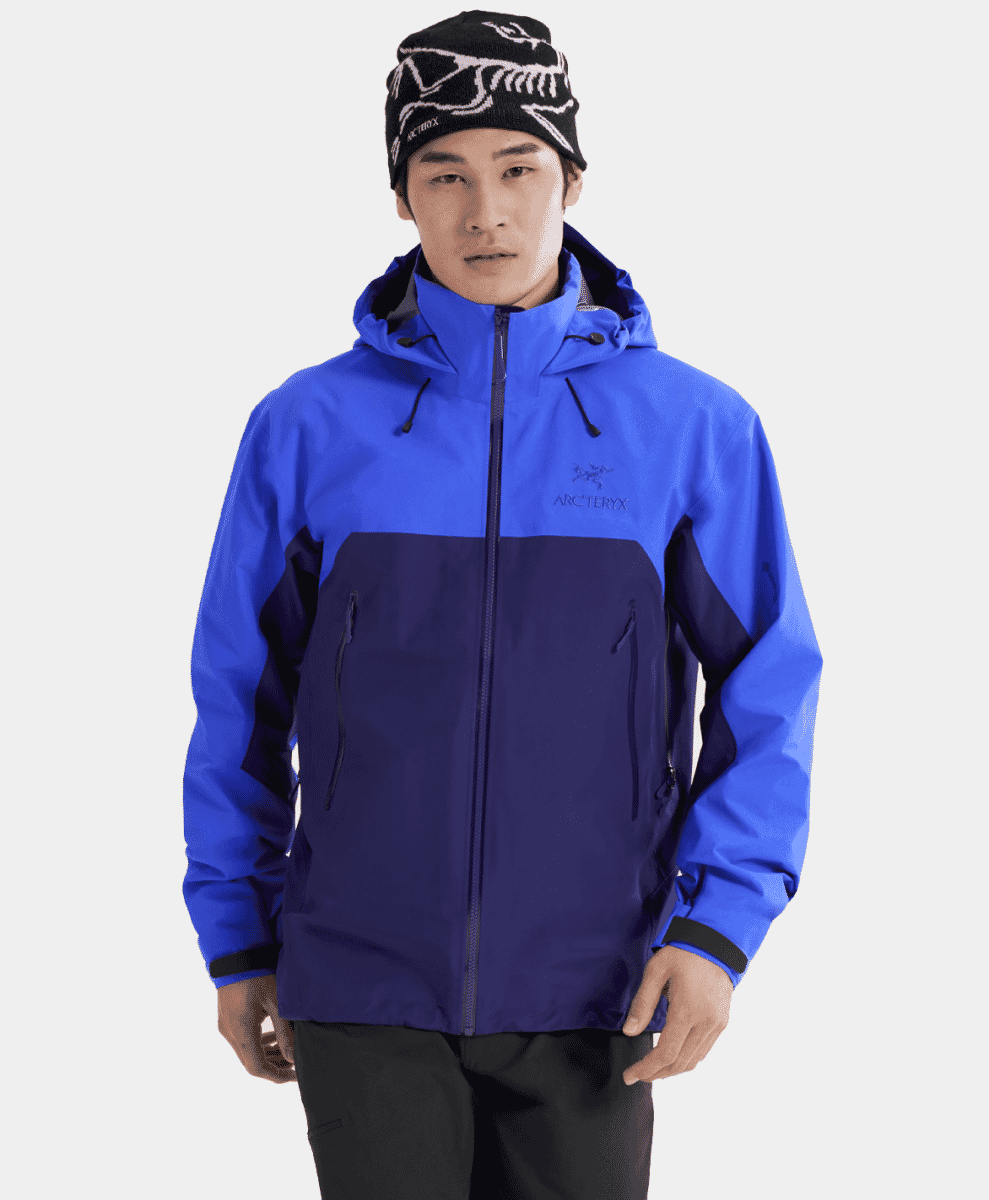
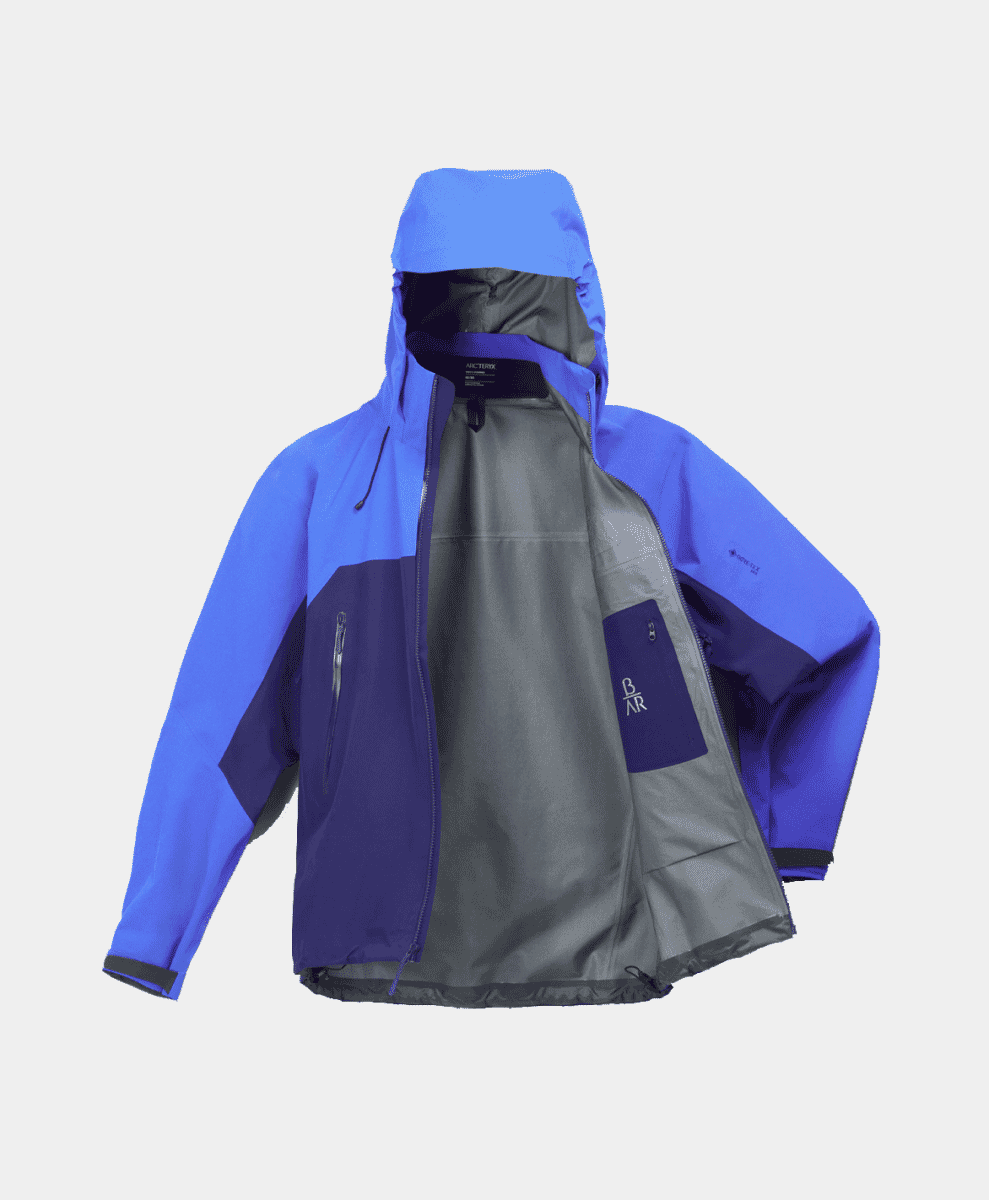
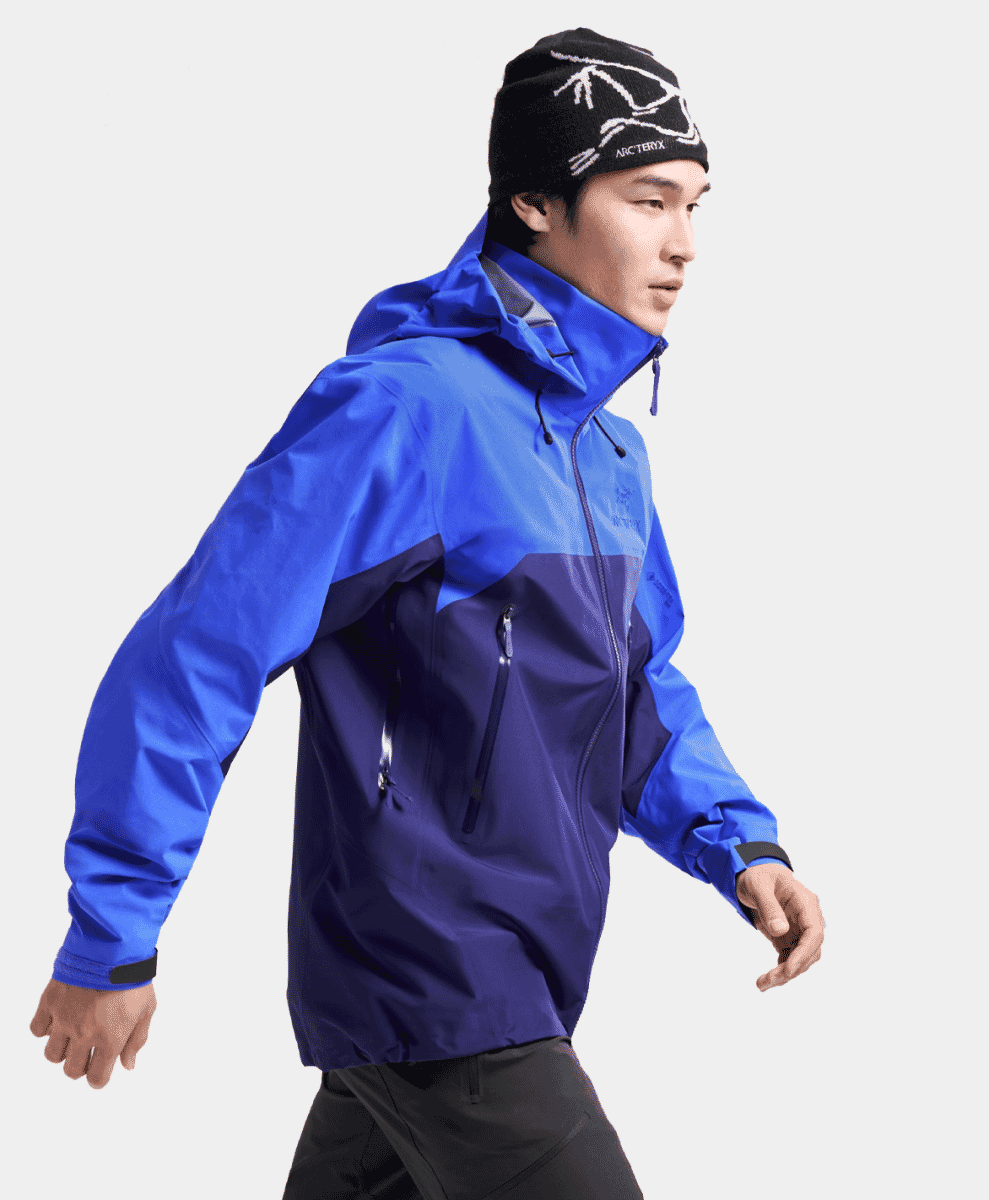
Waterproof shell Jackets
Then: A staple of UK rave and festival culture, often picked up from outdoor retailers rather than fashion shops. Gore-Tex shells from brands like Berghaus, The North Face, and early Arc’teryx were prized for their functionality. Keeping ravers dry in fields at 3am – but they also carried a certain under-the-radar cool. Neon colours, taped seams, and oversized fits made them practical and subcultural in equal measure.
Now: The shell jacket has been fully absorbed into the fashion ecosystem. Arc’teryx in particular has become a cult label. Worn as a status symbol by everyone from London creatives to Seoul street stylists. It's no longer just about staying dry – it's about flexing technical credibility. Paired with cargos, Salomons, or even tailored trousers, the shell now represents a kind of urban survivalism: fashion that looks ready for the end of the world, or at least a very stylish hike through Dalston.


Wraparound sunglasses
Then: Inspired by sports, club culture, and The Matrix. Worn by everyone from David Beckham to Paris Hilton’s entourage.
Now: Brands like Oakley and Balenciaga have made them cool again. They carry a kind of aggressive futurism that feels relevant in a world of AI anxiety and surveillance capitalism.
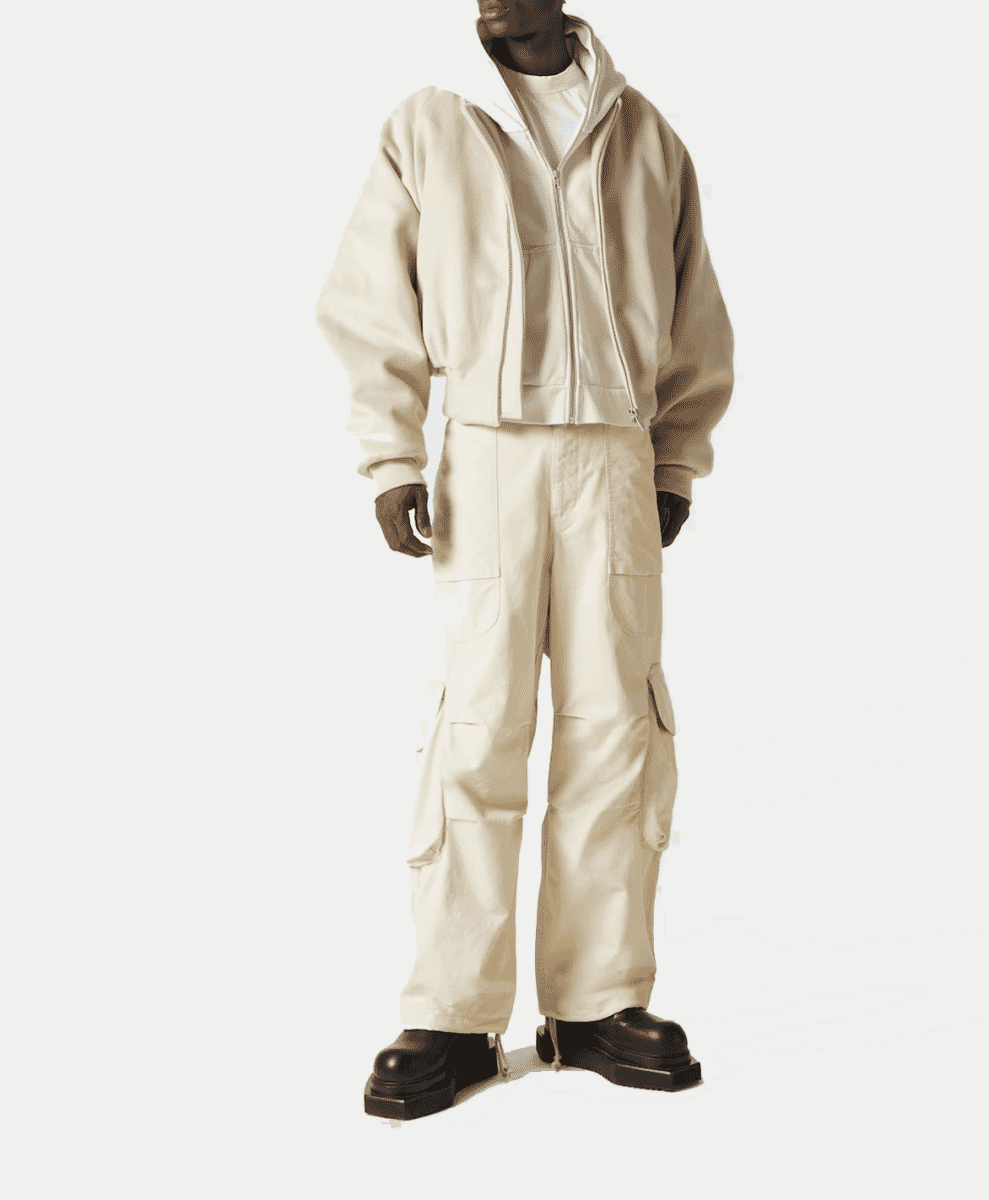
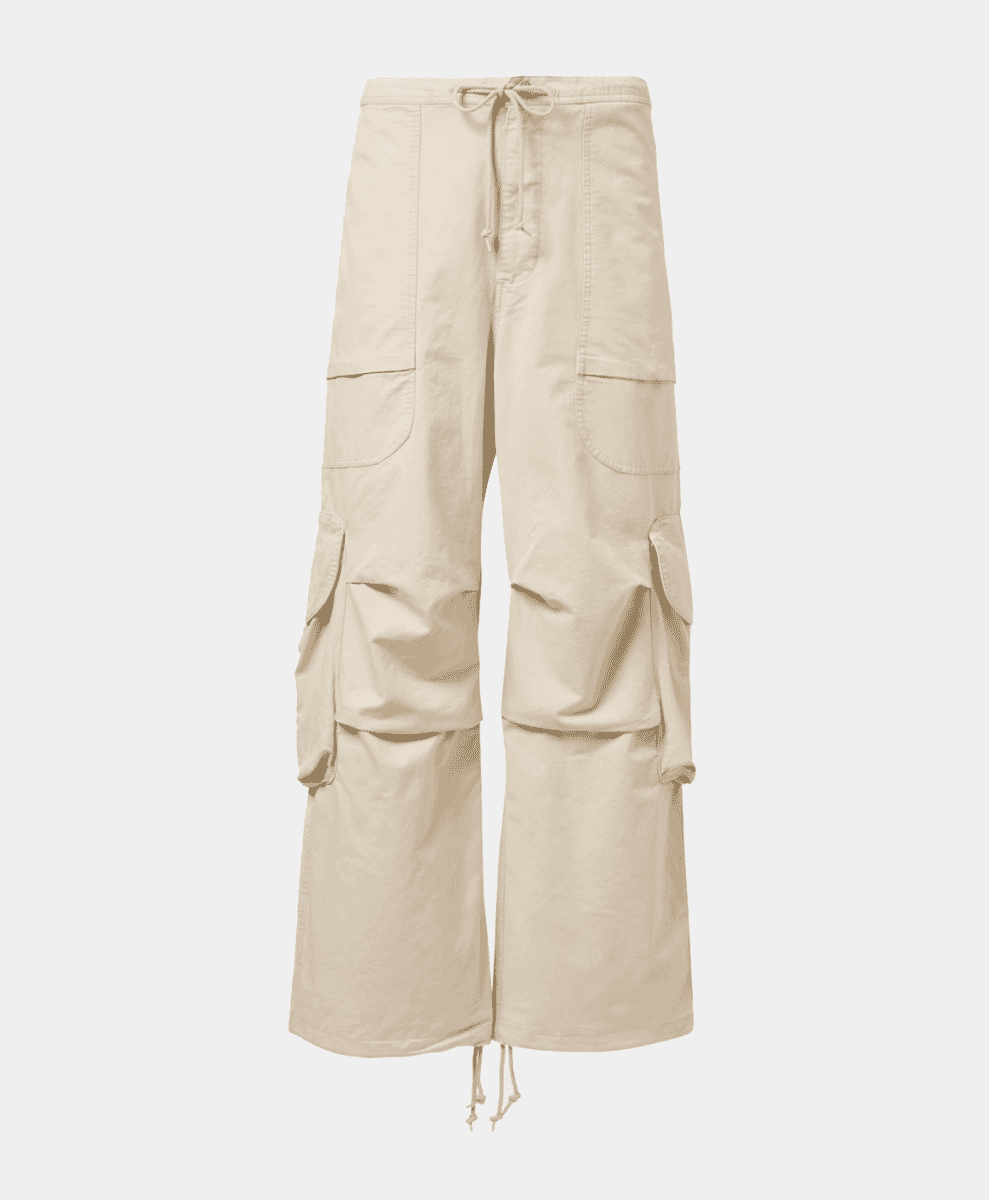
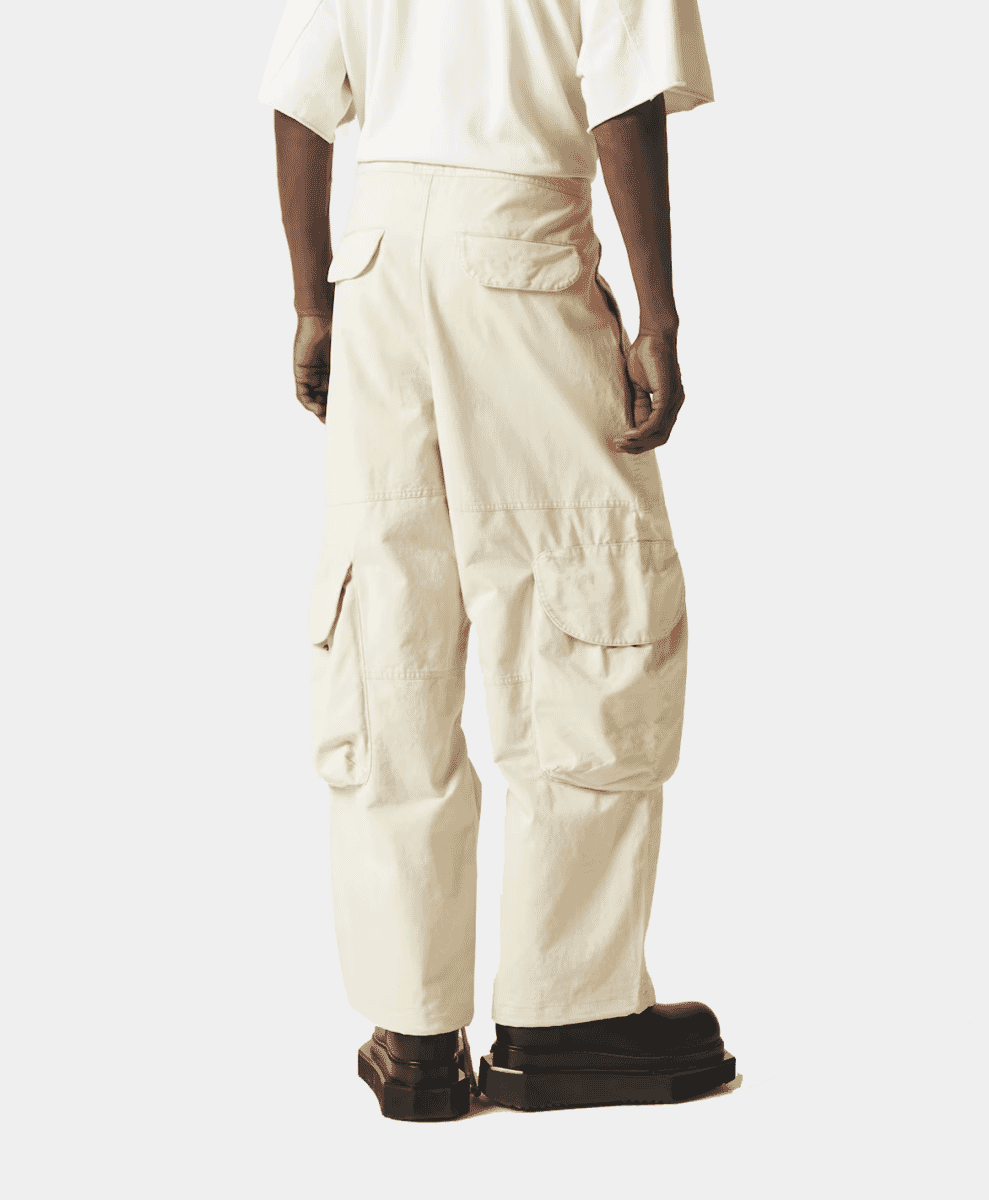
Cargo trousers
Then: Techwear-adjacent, utilitarian, often oversized and loaded with unnecessary pockets. Worn with Timberlands, skate shoes, or basketball sneakers.
Now: The cargo is back in both skate and fashion circles, but with a new flavour. Nylon, ripstop, and crinkled textures dominate, tapping into gorpcore and post-streetwear styling.
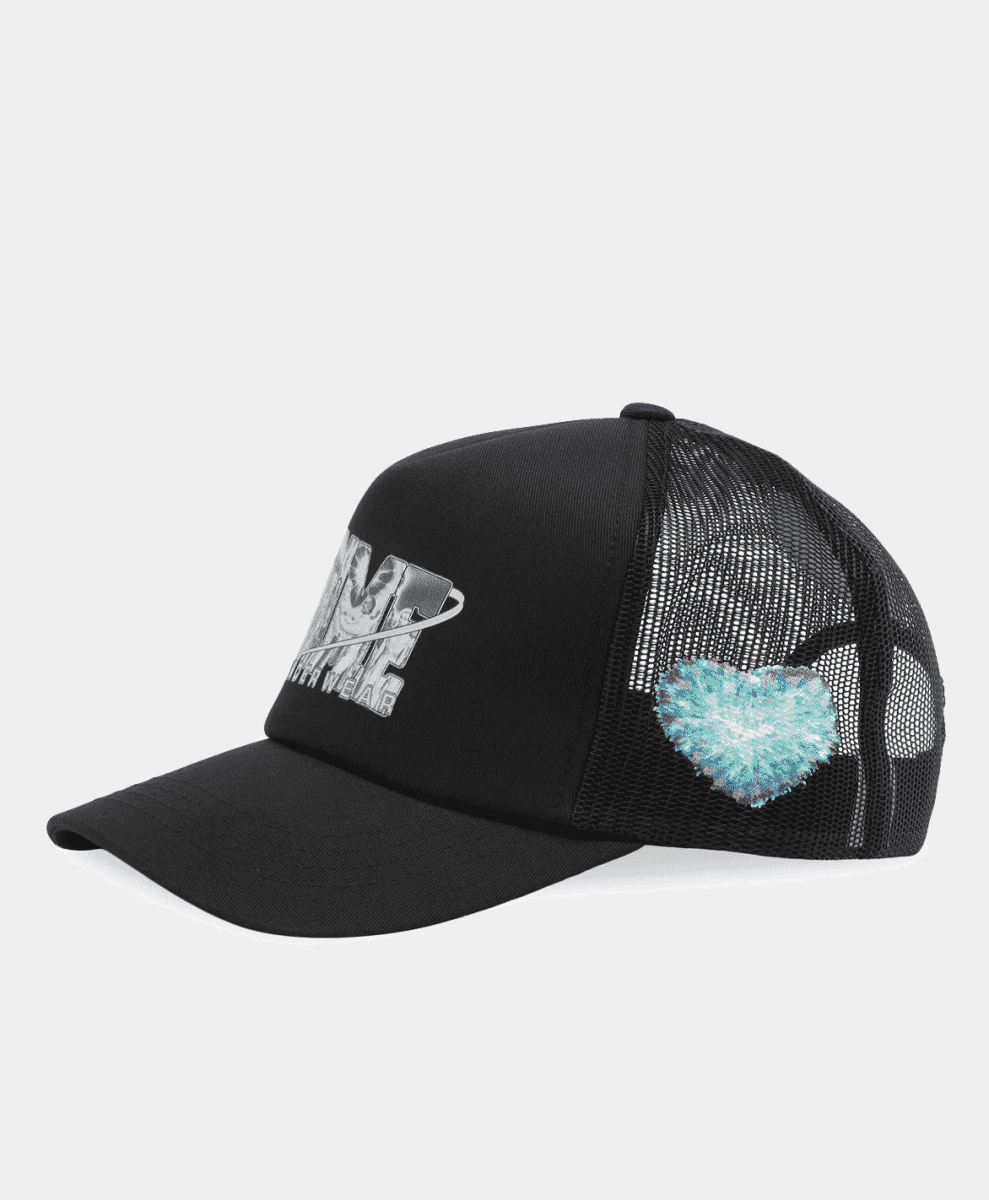
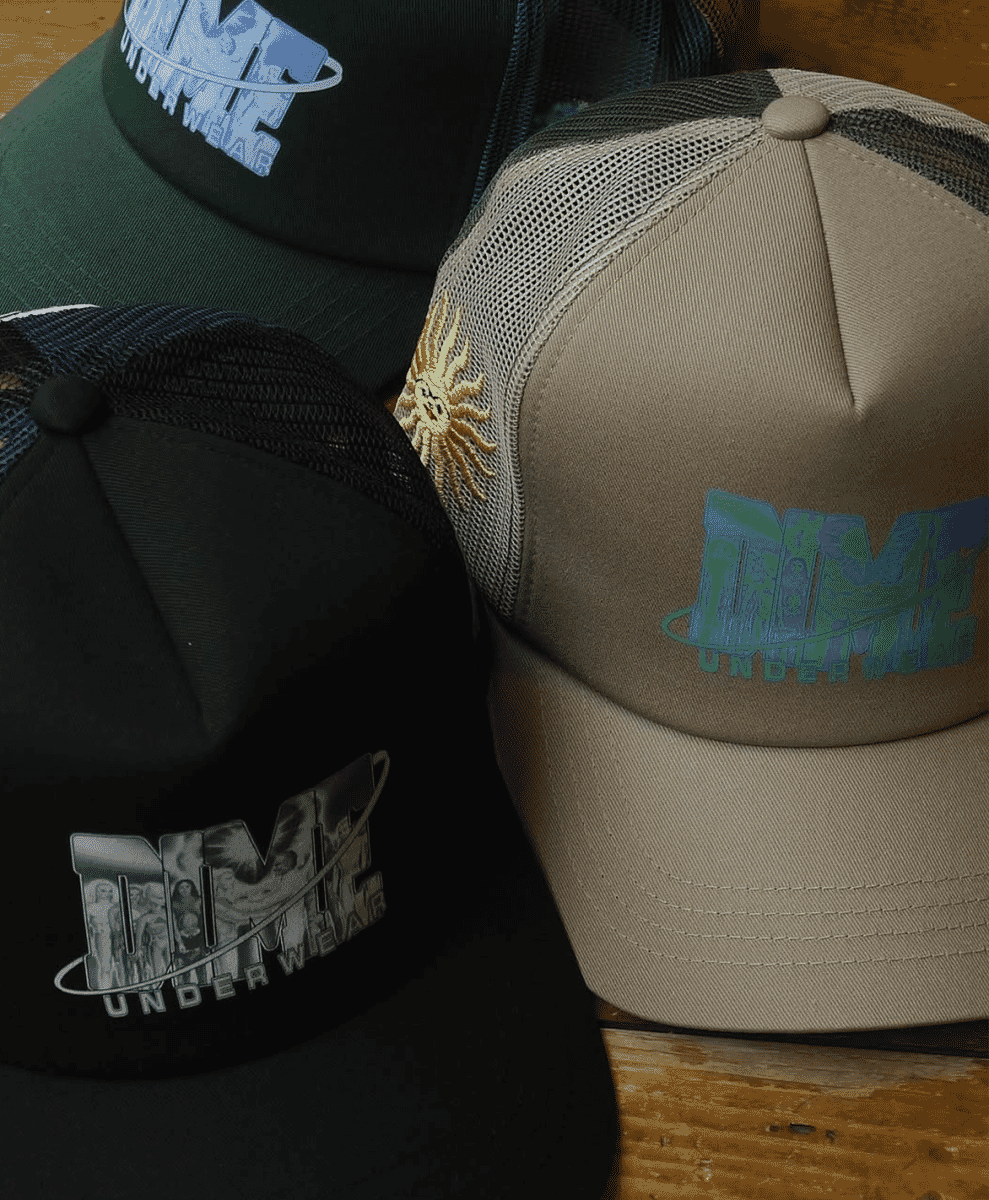
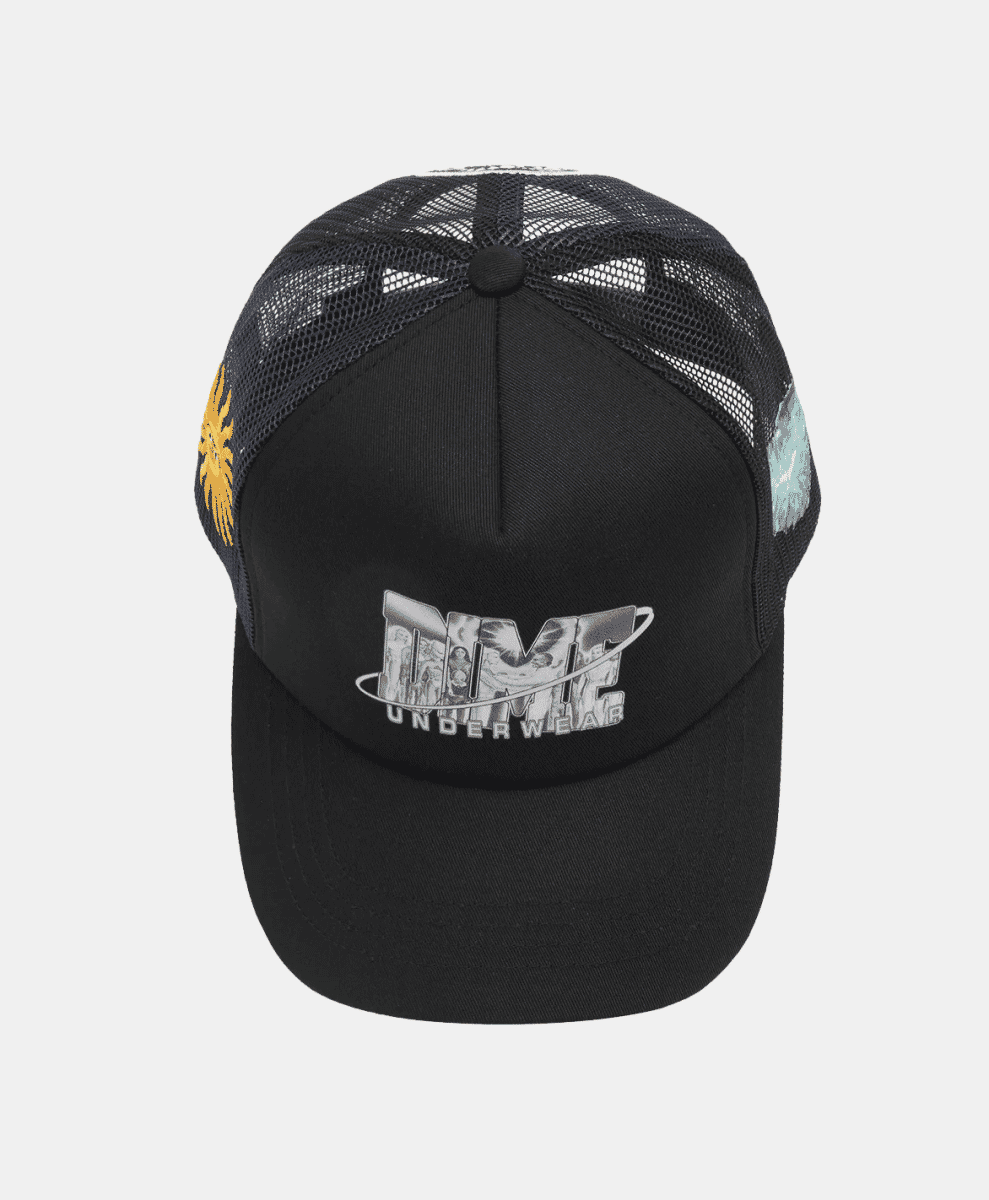
Trucker hats
Then: The cultural dominance of Von Dutch was brief but unforgettable. Foam-front, mesh-back hats with slogans or logos were peak 2003.
Now: Trucker hats are back via nostalgia and meme culture. Justin Bieber wears them, A$AP Rocky wears them, and they’ve become a kind of post-streetwear accessory – anti-fashion in spirit but fashion in execution.
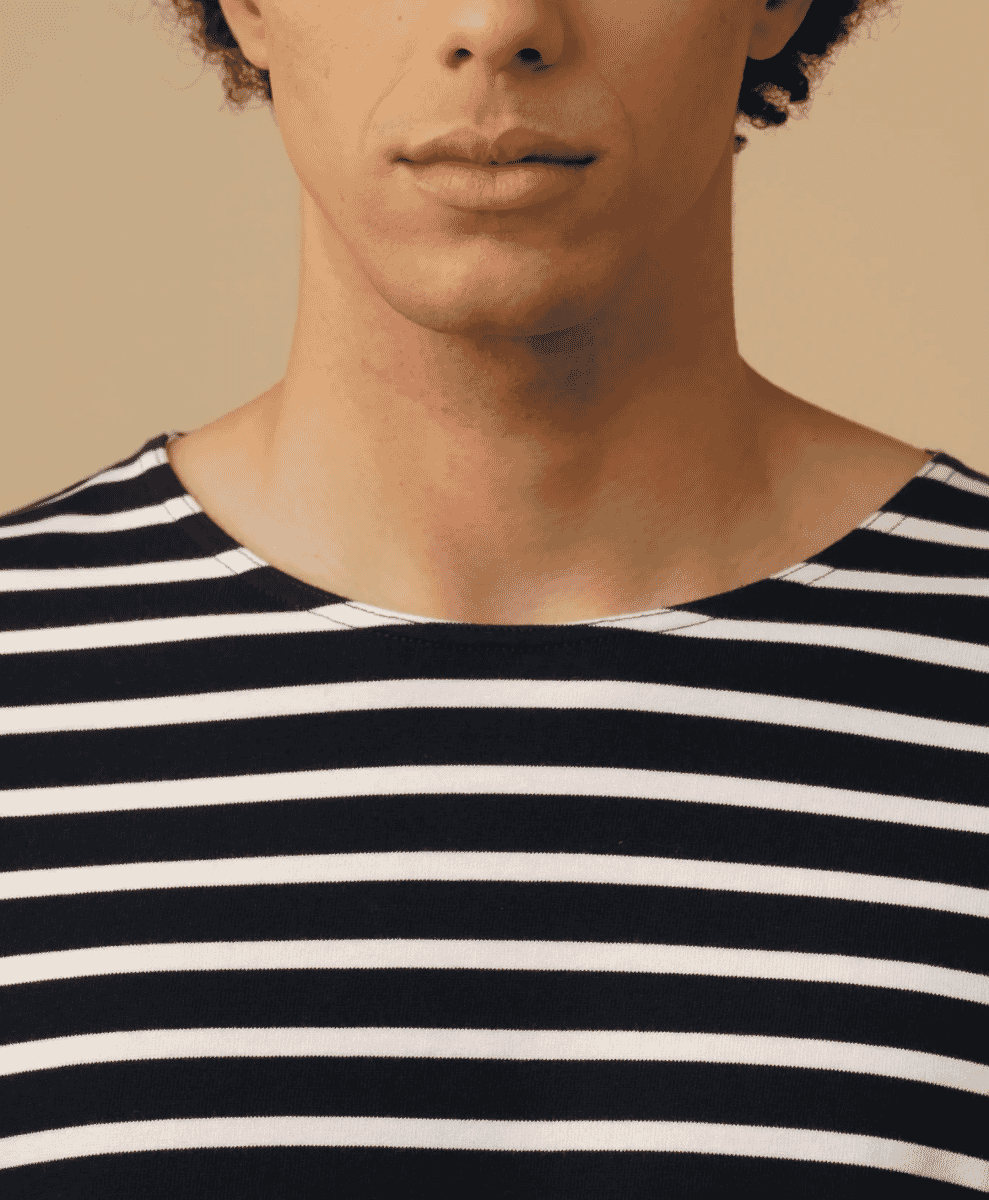
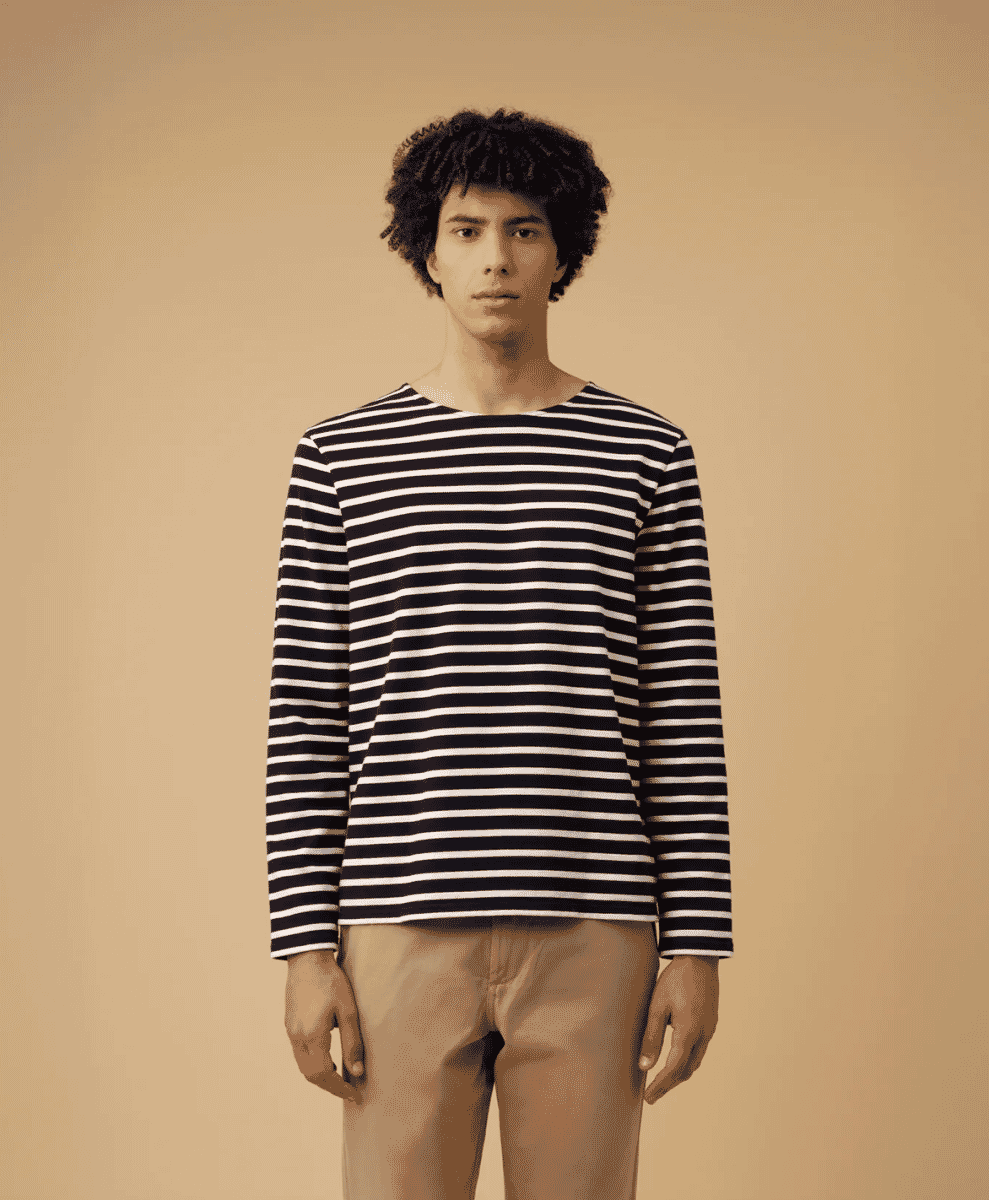
Layered tees
Then: A defining look of early-2000s skaters, emo kids, and mall-punks. The classic formula: a short-sleeve graphic tee worn over a long-sleeve top, usually in a contrasting colour. It was low-effort, slightly rebellious, and borrowed heavily from American teen culture – the kind of look you’d see on Blink-182 or in a Tony Hawk’s Pro Skater loading screen.
Now: The layered tee is back via nostalgia, but with more intentional styling. Often worn oversized and paired with wide jeans or cargos, it's become a favourite in the post-normcore wardrobe – a way of injecting texture and depth into an outfit without resorting to loud branding. Still scrappy, just sharper.
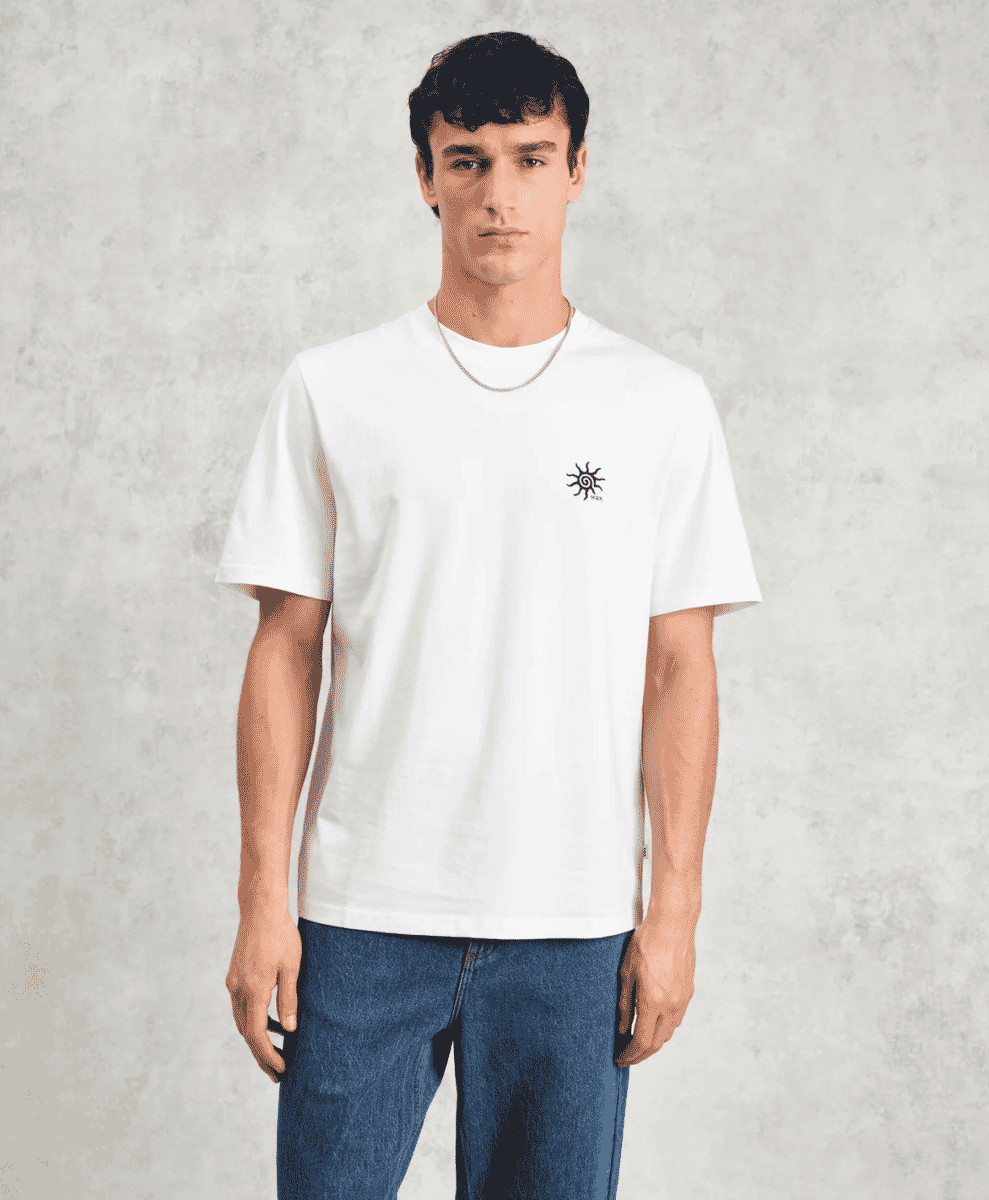
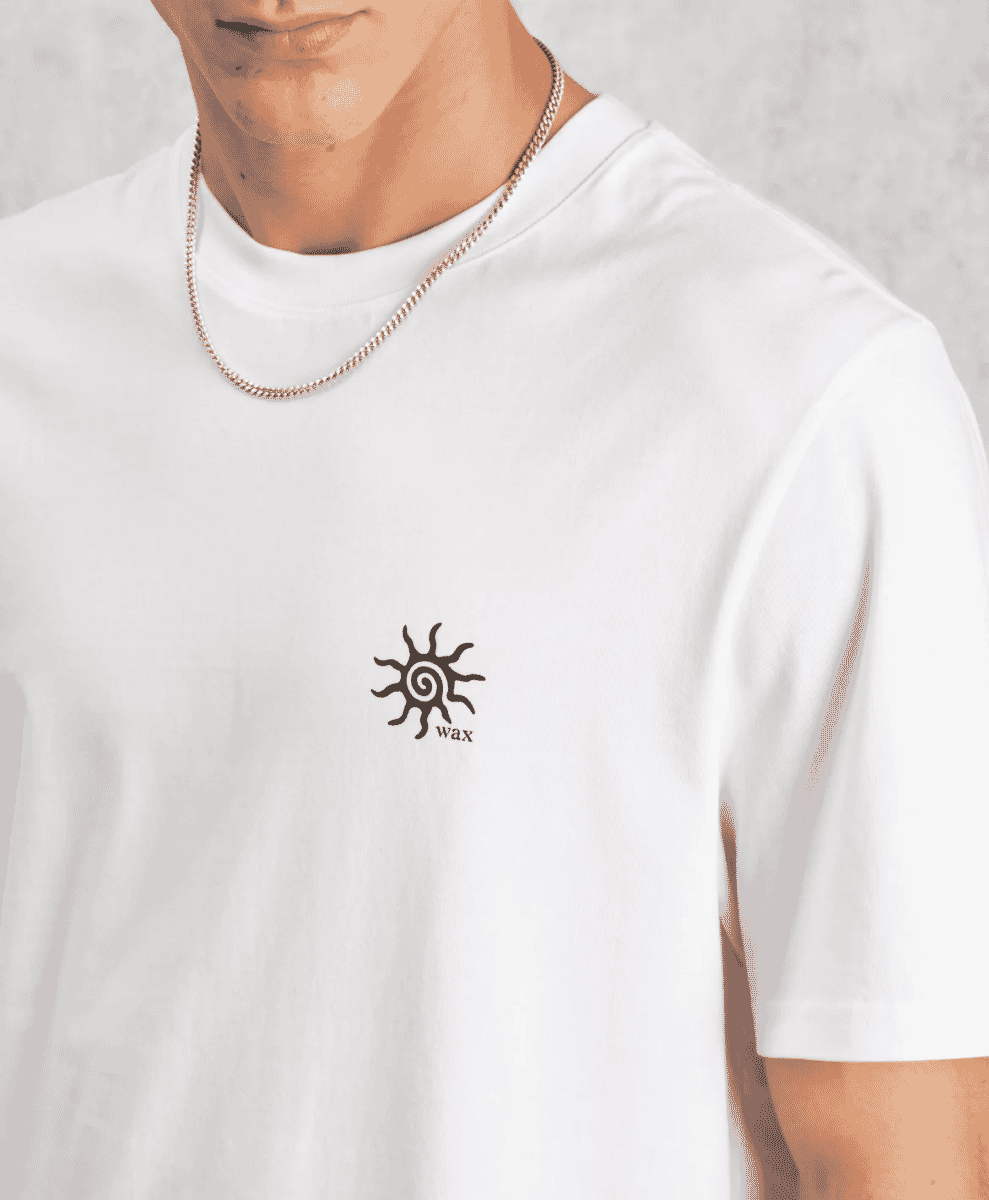
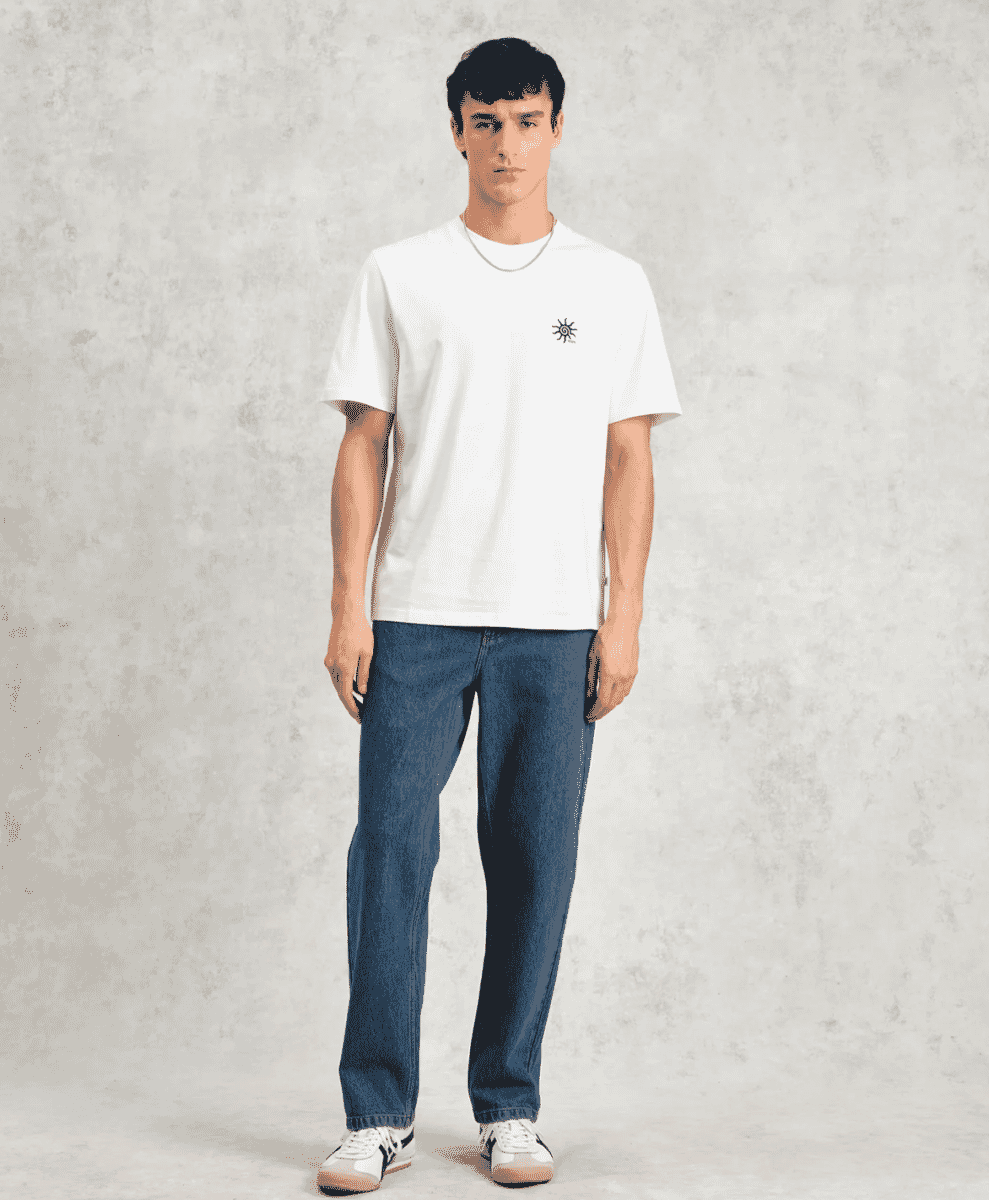
Graphic T-shirts
Then: Big branding was everywhere. Abercrombie, Hollister, Ecko, and Ed Hardy turned the humble T-shirt into a walking billboard. Whether it was collegiate lettering, gothic fonts, or rhinestone-covered slogans, the goal was visibility. The more recognisable the logo, the better – it was about status, aspiration, and being part of the moment.
Now: The logo tee has returned with a heavy dose of irony. Vintage logo tees are being styled alongside high-fashion pieces, while newer labels are mimicking the aesthetic with deliberate kitsch. It’s no longer about flexing the brand – it’s about referencing a particular cultural moment. Worn with baggy jeans, layered over long sleeves, or tucked into cargos, it’s a wink to the past dressed for the present.
The takeaway
What we’re witnessing in 2025 isn’t just a revival of Y2K menswear – it’s a reinterpretation. The styles that once defined the turn of the millennium were loud, chaotic, and often misguided, but they spoke to a particular cultural mood: a heady mix of optimism, anxiety, and hyper-consumerism at the dawn of the digital age.
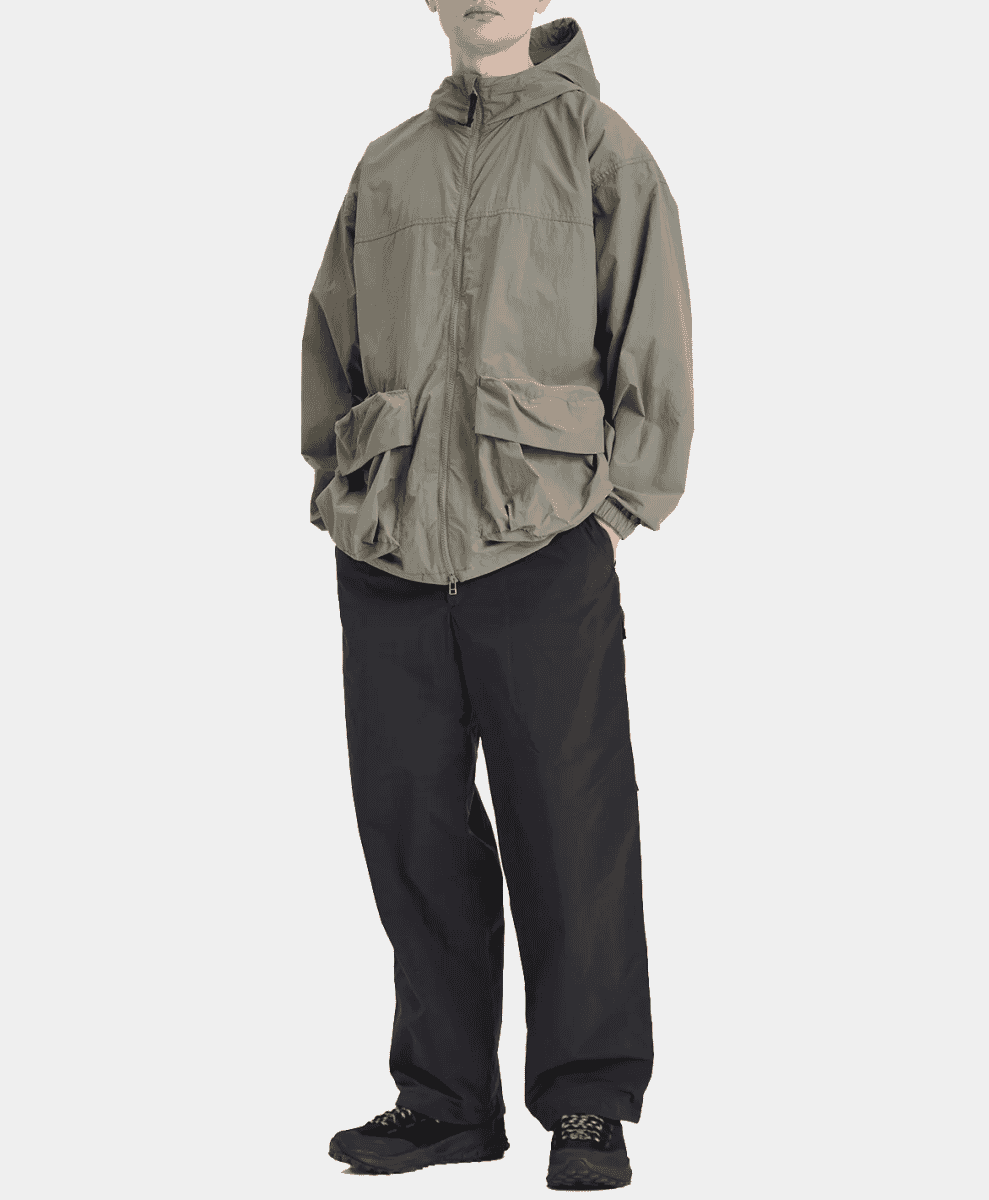
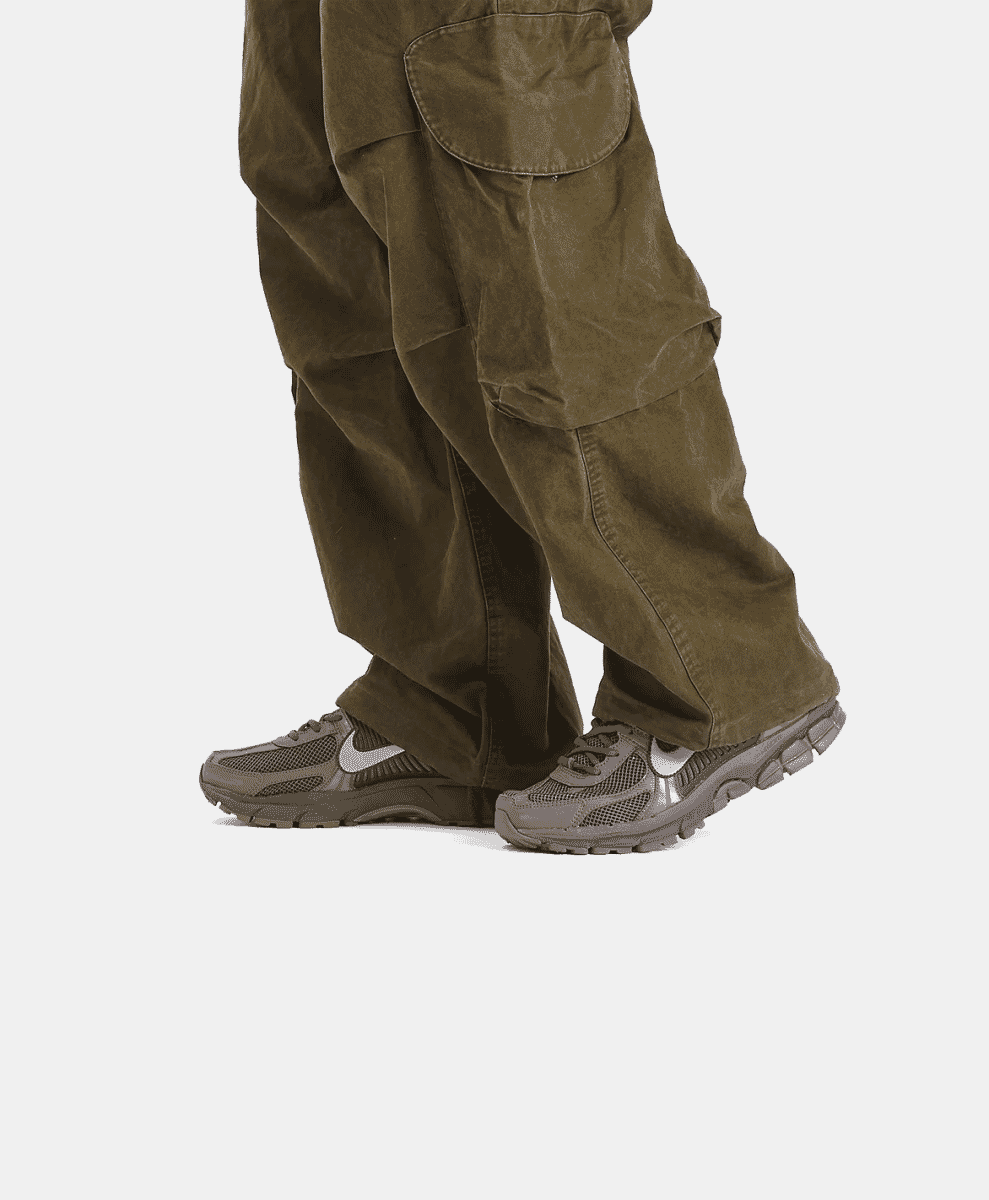
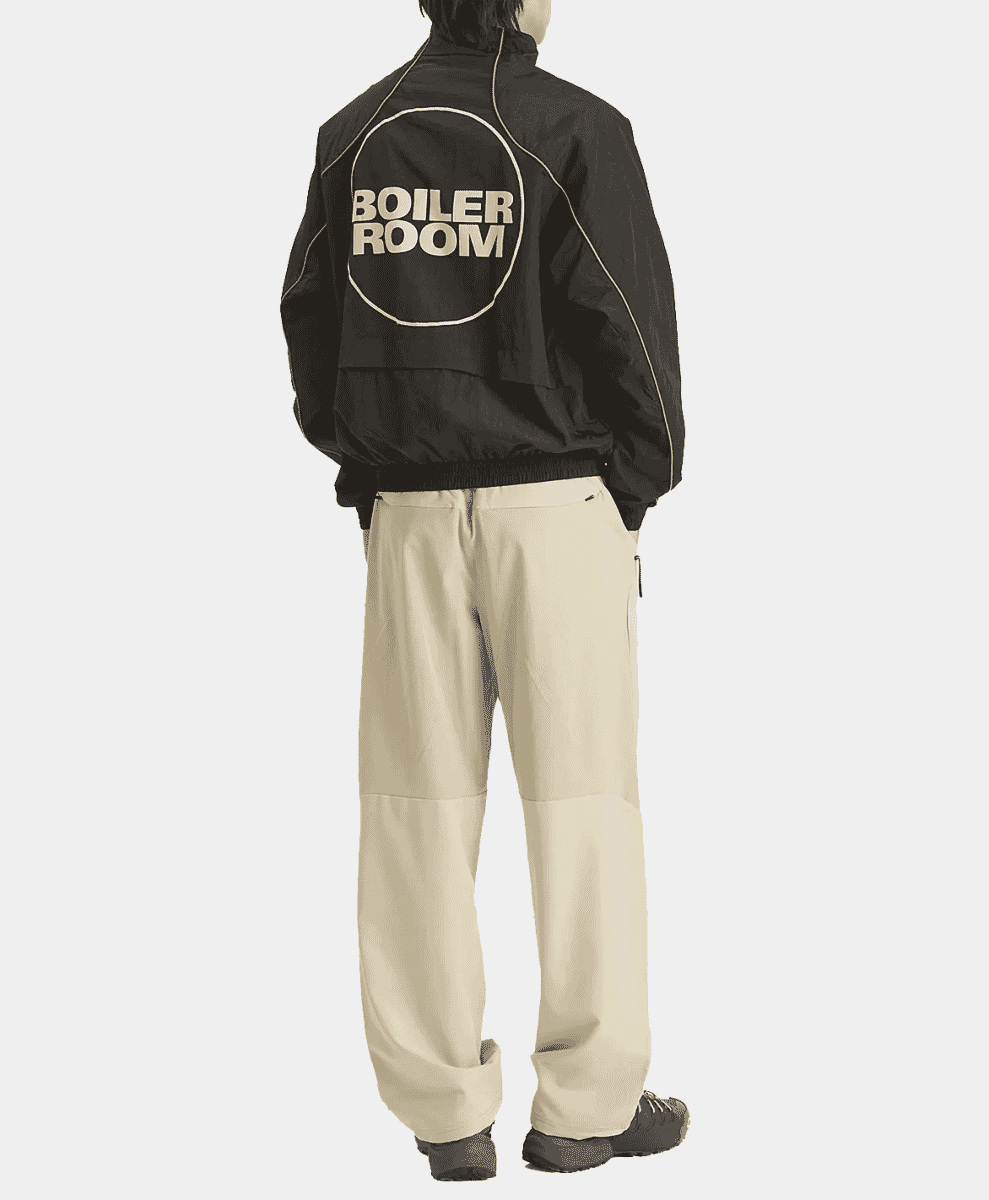
Today, those same pieces are being brought back with new meaning. Baggy jeans, tech runners, trucker hats and shell jackets aren’t worn the same way they were the first time round – they’re styled with intention, layered with irony, and often mixed with contemporary tailoring or archival fashion references. It’s less about nostalgia, more about subversion. A desire to escape minimalism, to dress with a bit more fun, and to play with identity in a world where everything feels increasingly uniform.
Y2K fashion for men might have started as a misfire. But in its second life, it’s become a vehicle for experimentation – a reminder that fashion doesn’t have to be quiet to be smart.
Next up: ICONS – The ASICS Gel-Kayano 14.




